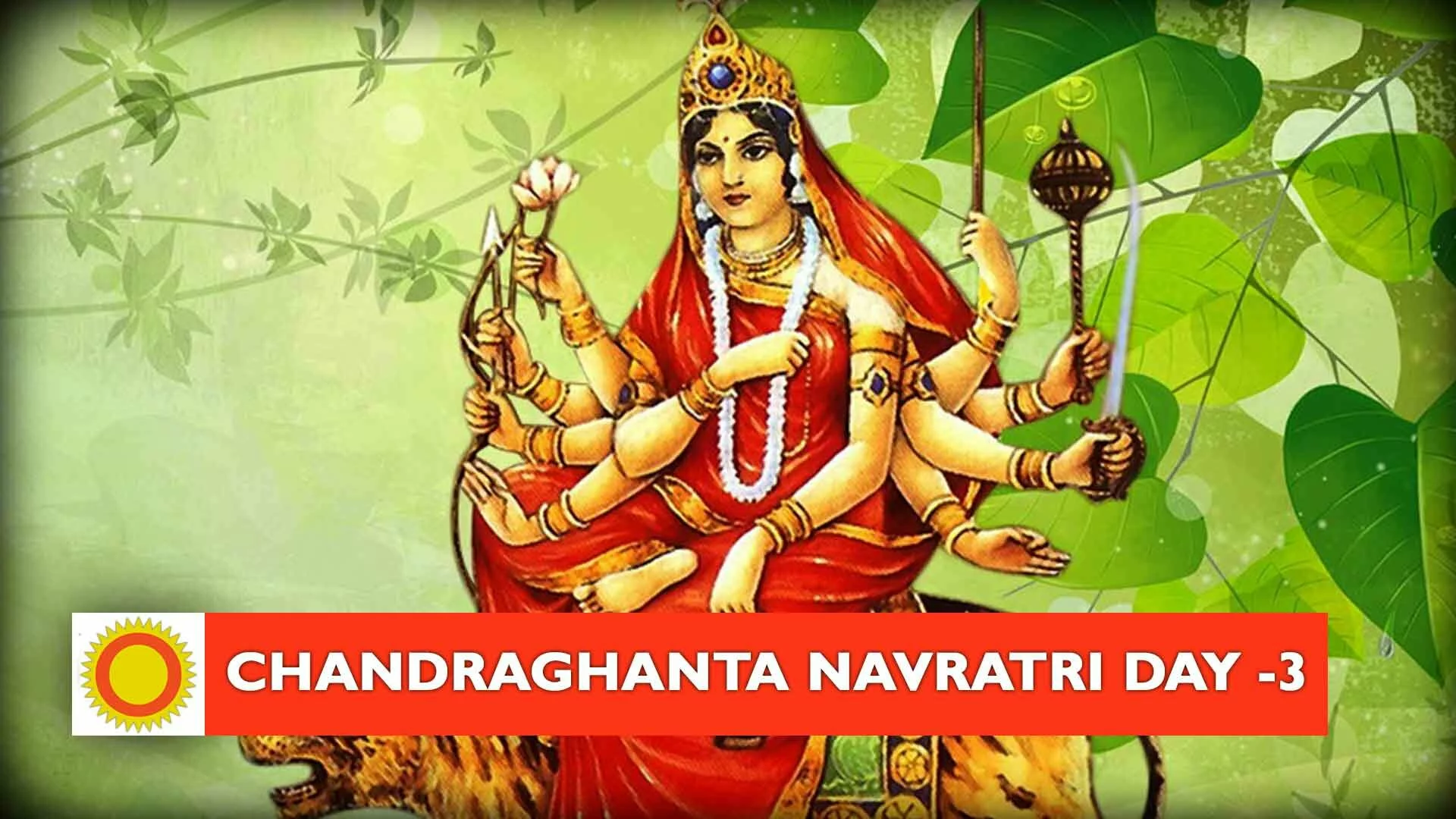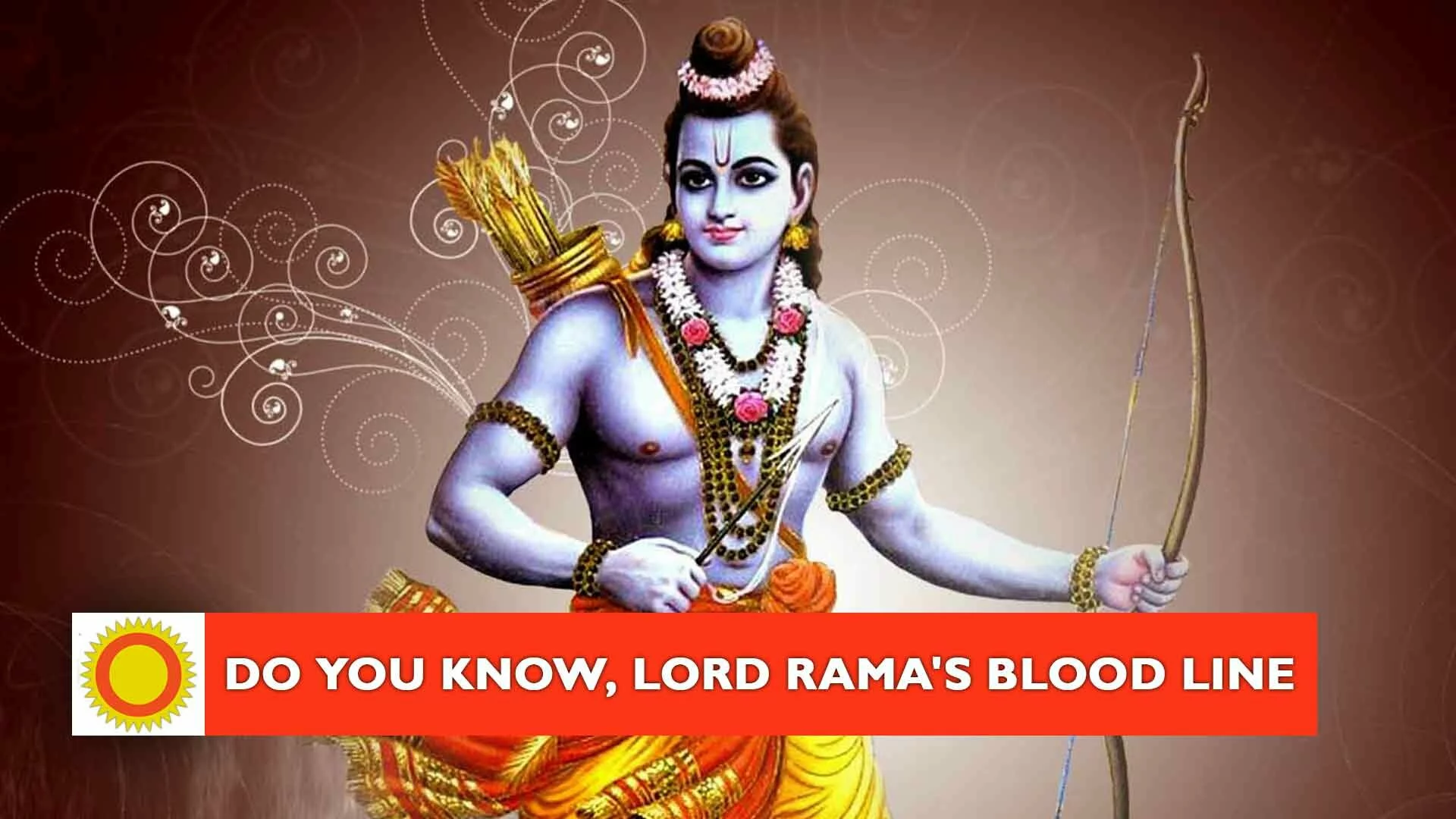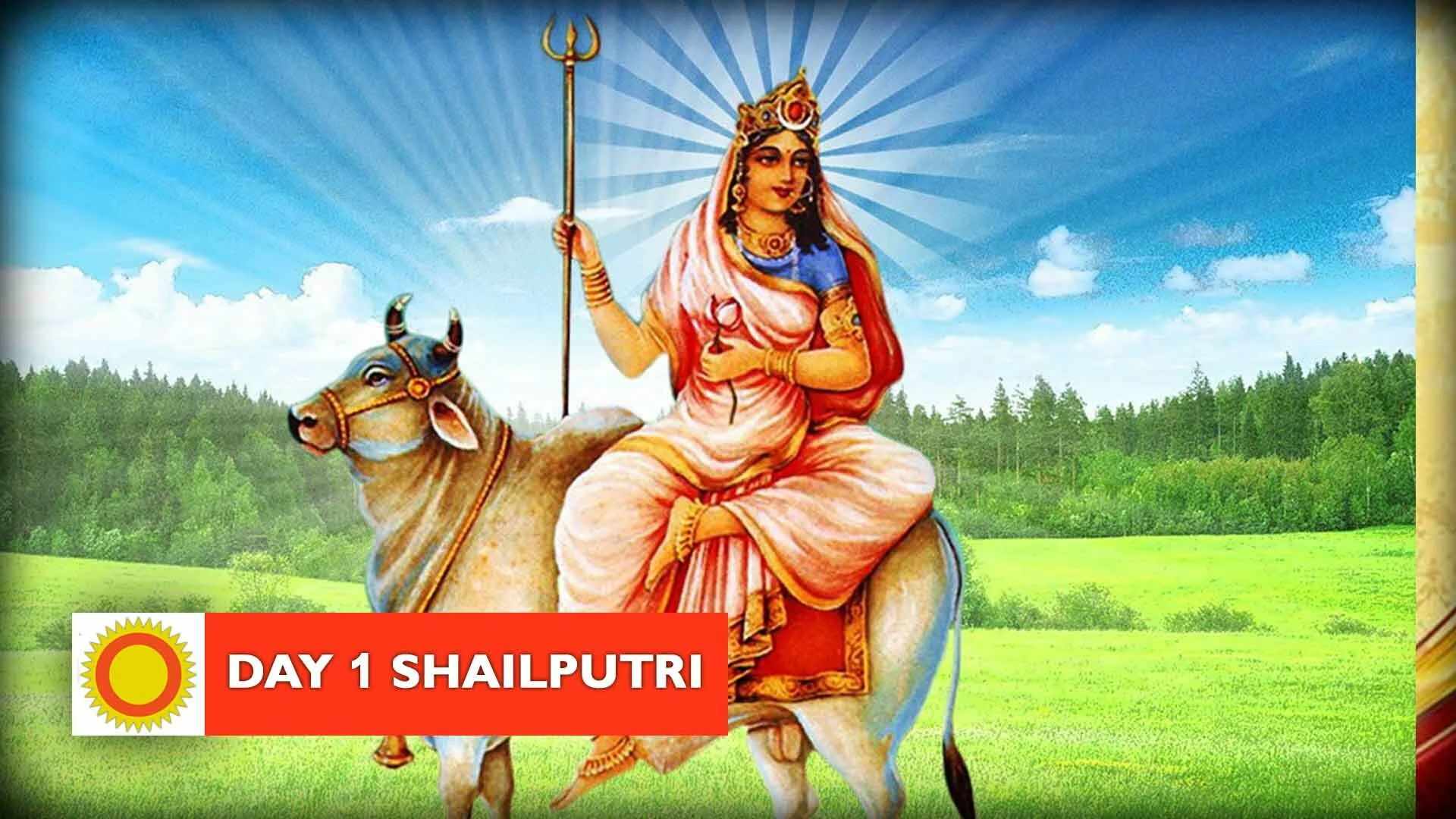Shri-Lakshmi has a long history testified by the fact that her first hymn, the Shri Shukta, was added to the Rig Veda, the oldest and most revered of Hindu scriptures, somewhere between 1000 and 500 BC.
Considering her popularity amongst Buddhists and Jains, it has been proposed that her worship may predate the Vedic culture and may have developed independently before she was brought into the Vedic, Buddhist and Jain folds. Scholars are of the view that initially the words Shri and Lakshmi referred to anything that was auspicious or brought good luck or bestowed riches and power. Later the two words were personified into two goddesses who eventually merged. Thus, Shri-Lakshmi came into being. Fragmentary verses in the Shatapatha Brahmana, written not long after the Vedas, talks of the birth of Lakshmi from the mouth of Prajapati to provide the inhabitants of the cosmos food, clothing, shelter, and all things that make life more comfortable. She also offered wisdom, strength, beauty, luck, sovereignty and splendour—the good things in life. Stories of Lakshmi first appeared in the epics Ramayana and Mahabharta, that were composed between 300 BC and 300 AD, a period that witnessed the waning popularity of Vedic gods and the rise of gods who offered moksha such as Shiva and Vishnu. Gods and demons fought over her and both strove to churn her out of the ocean of milk. As folk heroes such as Rama and Krishna were viewed as incarnations of Vishnu, their consorts Sita, Radha and Rukmini became increasingly identified with Lakshmi. In the Harivamsa, appendix to the Mahabharata, Manmatha, the god of love, lust and fertility, was described as her son. The mythology of Lakshmi acquired full form in the Puranas, chronicles of gods, kings and sages that were compiled between 500 and 1500 AD. In them, the goddess came to be projected as one of the three primary forms of the supreme mother-goddess, the other two being Saraswati, the goddess of knowledge, and Kali or Durga, the goddess of power. Lakshmi was visualised both as an independent goddess and as Vishnu’s consort, seated on his lap or at his feet. Prithvi, the Vedic earth-goddess, became Bhoodevi in the Puranas and a manifestation of Lakshmi. In south India, the two goddesses were visualised as two different entities, standing on either side of Vishnu, Bhoodevi representing tangible wealth while Lakshmi or Shridevi representing intangible wealth. In north India, the two goddesses became one. Images of Lakshmi started appearing around the third century BC in sculptures found in Kausambi, in north India, and on coins issued during the reign of the Gupta dynasty around the fourth century AD. She became a favourite of kings as more and more people believed she was the bestower of power, wealth and sovereignty. Separate shrines to Lakshmi within the precincts of Vishnu temples may have been built as early as the seventh century; such shrines were definitely in existence by the 10th century AD.






